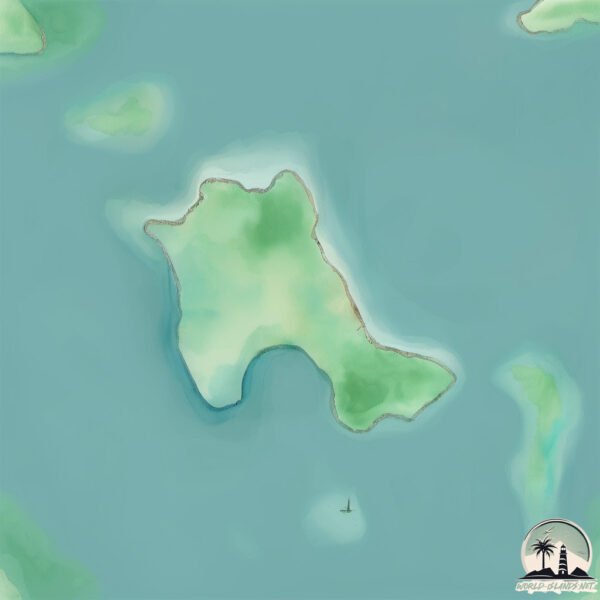Hòn Cát Ông

Welcome to Hòn Cát Ông, a Temperate island in the South China Sea, part of the majestic Pacific Ocean. This guide offers a comprehensive overview of what makes Hòn Cát Ông unique – from its geography and climate to its population, infrastructure, and beyond. Dive into the details:
- Geography and Size: Explore the island’s size and location.
- Climate and Weather: Weather patterns and temperature.
- Topography and Nature: Uncover the natural wonders of the island.
- Infrastructure and Travelling: Insights on reaching, staying, and making the most of your visit.
- News and Headlines: Latest News.
Geography and size of Hòn Cát Ông
Size: 0.292 km²
Coastline: 3 km
Ocean: Pacific Ocean
Sea: South China Sea
Continent: Asia
Hòn Cát Ông is a Tiny Island spanning 0.292 km² with a coastline of 3 km.
Archipel: –
Tectonic Plate: Eurasia – One of the world’s largest tectonic plates, the Eurasian Plate covers a significant portion of Europe and Asia. It’s characterized by diverse geological features, including the Ural Mountains, the European Plain, and the Himalayas formed from its collision with the Indian Plate.
The geographic heart of the island is pinpointed at these coordinates:
Latitude: 20.71200199 / Longitude: 107.02108827
Climate and weather of Hòn Cát Ông
Climate Zone: Temperate
Climate Details: Monsoon-Influenced Humid Subtropical Climate
Temperature: Hot Summer
Climate Characteristics: Known for hot, humid summers with significant monsoon rains, contrasted by mild, drier winters.
Topography and nature of Hòn Cát Ông
Timezone: UTC+07:00
Timezone places: Asia/Jakarta
Max. Elevation: 17 m
Mean Elevation: 17 m
Vegetation: Evergreen Broadleaf Forest
Tree Coverage: 64%
The mean elevation is 17 m. The highest elevation on the island reaches approximately 17 meters above sea level. The island is characterized by Plains: Flat, low-lying lands characterized by a maximum elevation of up to 200 meters. On islands, plains are typically coastal lowlands or central flat areas.
Dominating Vegetation: Evergreen Broadleaf Forest
Characterized by dense, lush canopies of broadleaf trees that retain their leaves year-round. These forests are typically found in tropical and subtropical regions and are known for their high biodiversity. Hòn Cát Ông has a tree cover of 64 %.
Vegetation: 1 vegetation zones – Minimal Diversity Island
These islands exhibit the most basic level of ecological diversity, often characterized by a single dominant vegetation type. This could be due to extreme environmental conditions, limited land area, or significant human impact. They represent unique ecosystems where specific species have adapted to thrive in these singular environments.
Infrastructure and Travelling to Hòn Cát Ông
Does the island have a public airport? no.
There is no public and scheduled airport on Hòn Cát Ông. The nearest airport is Cat Bi International Airport, located 35 km away.
Does the island have a major port? no.
There are no major ports on Hòn Cát Ông. The closest major port is HON GAI, approximately 27 km away.
The mean population of Hòn Cát Ông is 159 per km². Hòn Cát Ông is Moderately Inhabited. The island belongs to Vietnam.
Continuing your journey, Nui Kak Ba is the next notable island, situated merely km away.
Đảo Hòn Ông - Whale Island (khánh hòa)



Vietnam is classified as Emerging region: G20: Group of Twenty – Major economies comprising both developed and emerging countries, representing the world’s largest economies. The level of income is Lower middle income.
News – Latest Updates and Headlines from Hòn Cát Ông
Stay informed with the most recent news and important headlines from Hòn Cát Ông. Here’s a roundup of the latest developments.
Please note: The data used here has been primarily extracted from satellite readings. Deviations from exact values may occur, particularly regarding the height of elevations and population density. Land area and coastline measurements refer to average values at mean high tide.
